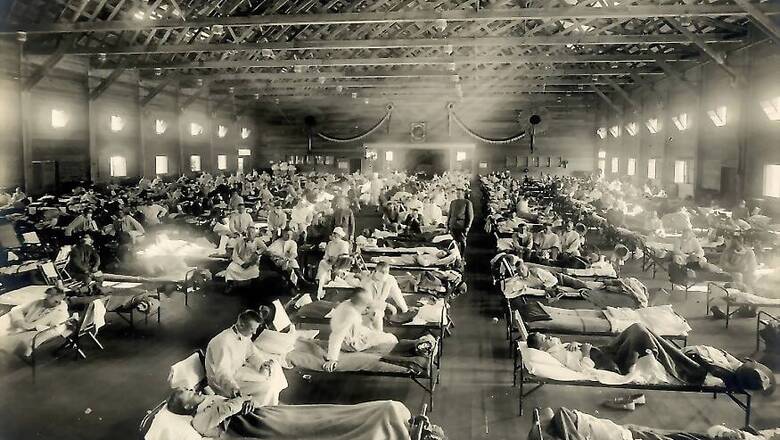
views
Only the worst disasters completely upend normal patterns of death, overshadowing, if only briefly, everyday causes like cancer, heart disease and car accidents. Here’s how the devastation brought by the pandemic in 25 cities and regions compares with historical events.
Demographers call these “mortality shocks” — sudden spikes in the total number of people dying not seen in the weeks before an event, and not likely to last once it is over. They’re often found during natural disasters, severe flu seasons, famines or wars.
We compared deaths in the worst months of the outbreak to past years, a measure often used to assess a disaster’s severity.
Death during the outbreak is often less visible than death from a terrorist attack or a natural disaster. Many people have died quietly, in nursing homes or at home. And some die without being tested and are excluded from official death counts.
These estimates include all deaths, offering a more complete accounting of the outbreak’s toll than official tallies. They include people who died directly from the coronavirus and those who died from other causes as hospitals have been stretched and people avoid seeking medical care.

Here’s how the devastation brought by the coronavirus pandemic in 25 cities and regions compares with historical events.
While national figures can broadly show the situation in each country, they can also obscure acute crises in densely populated cities, like Boston, where the virus spread rapidly before officials told people to stay home.
“If you’re looking at the total impact of the pandemic across an entire country, it may not seem like much is going on,” said Robert Anderson, chief of the mortality statistics branch at the Centers for Disease Control and Prevention’s National Center for Health Statistics. “If you really want to know what’s happening, you need to look at states, cities and local areas.”
This is not an exhaustive list of disasters. Many wars, famines and other events in the last century have caused even greater increases in death. The coronavirus is unlikely to kill as many people as the Spanish flu did, but in the modern history of natural disasters, it will have few rivals.
Allison McCann, Jin Wu and Josh Katz c.2020 The New York Times Company



















Comments
0 comment